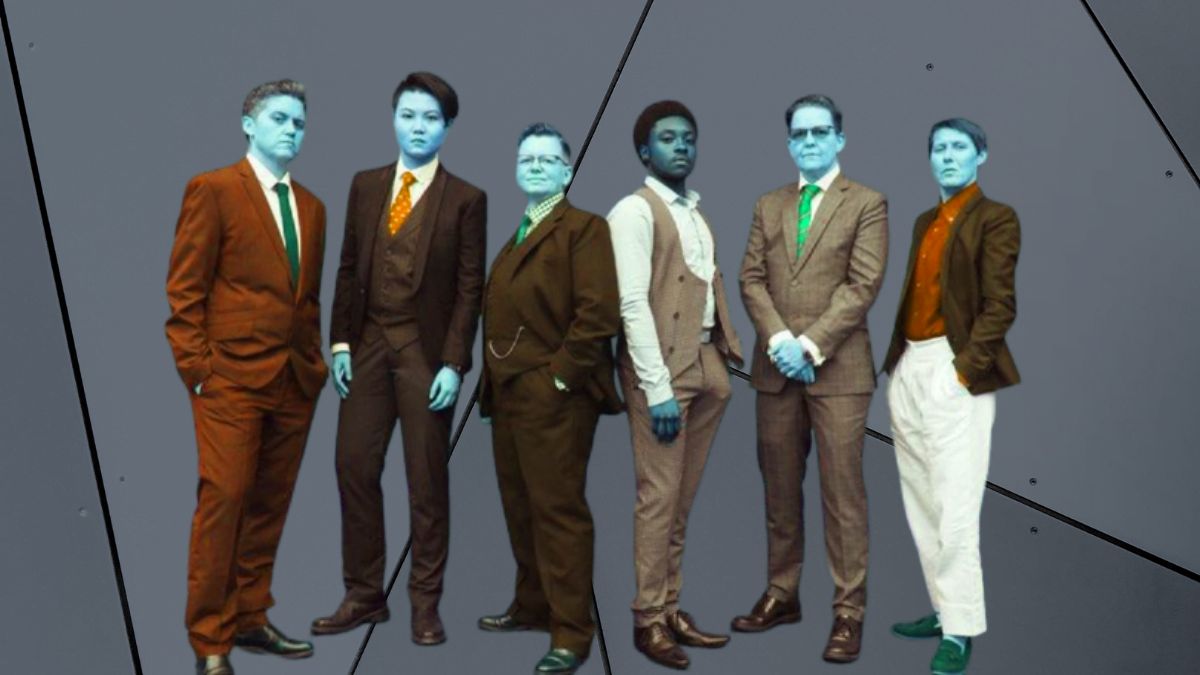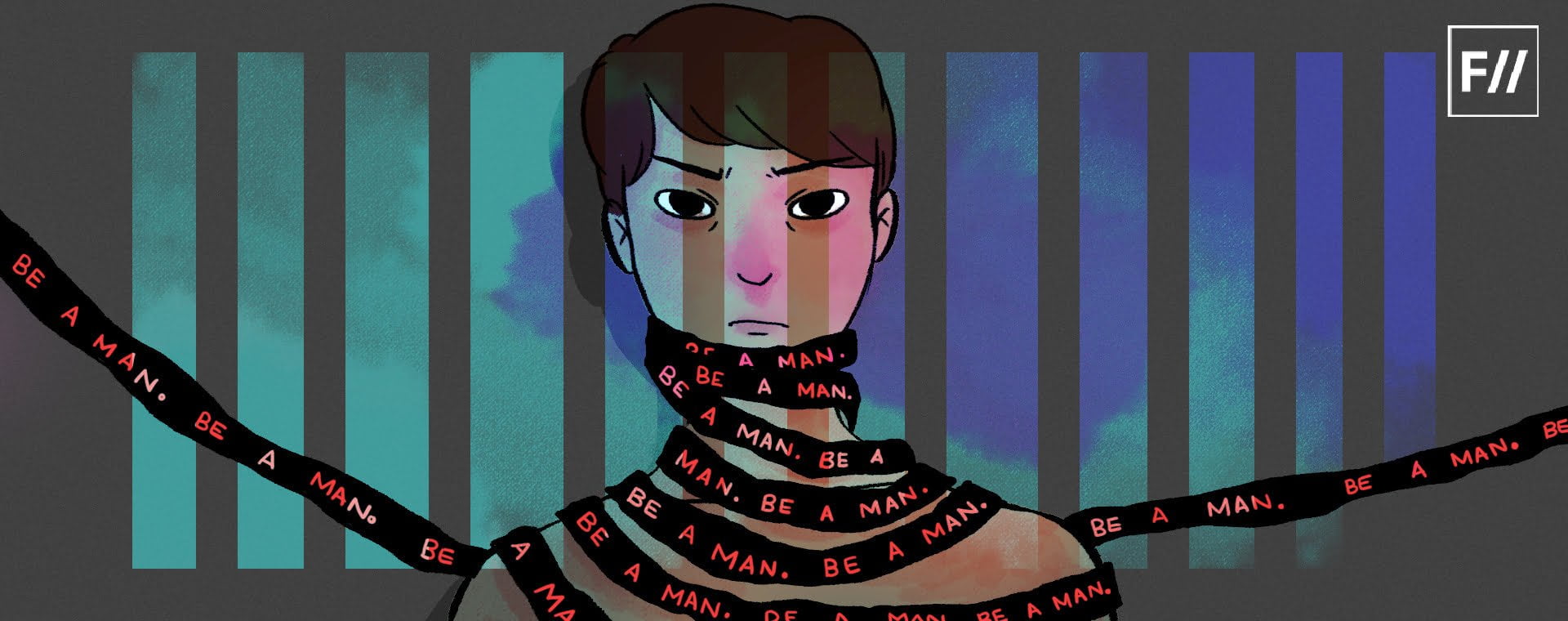Masculinity in women is often seen as a way of imitating what is considered the “superior traits of men.” When we think of masculine women, we think of historical figures like Rani Lakshmibai or Unniyarcha, or we look back to our personal interactions where we labelled ourselves or someone we know as a ‘manly’ woman. Are these imitations of men or a rejection of femininity? This brings me to the question: what is masculinity outside the context of men?
Judith Halberstam noted in the preface of his book Female Masculinity that most cultures focus heavily on femininity in men and take almost no interest in masculinity among women. What we know about such a phenomenon is very little. People who express non-conformity in their gender are surrounded by stigma and raise many questions about characteristics we associate with sexual differences. We subconsciously gender a whole host of human traits, for example: rationality, beauty, athleticism, strength, care, et cetera. When we look at these as qualities, we could say that the feminine traits need not belong to a female body and masculine traits need not manifest themselves in a male body.
We as a society have a hard time defining masculinity, while recognising it seems to be very simple. The most important kind of masculinity that our cultures hold dear is what is called “heroic masculinity”, where certain masculine traits are compiled to be the ideal and other alternative masculinities are tossed away.
Judith Halberstam noted in the preface of his book Female Masculinity that most cultures focus heavily on femininity in men and take almost no interest in masculinity among women. What we know about such a phenomenon is very little.
Think about all the forms of manhood represented in our movies, whether it is the aggressive roles of Amitabh Bacchan to the romantic yet family-oriented hero portrayed time and time again by the likes of Shah Rukh Khan. These portrayals have significant hand in actively ignoring the other types of masculinities that emerged with them like that of Dalits or Muslims, let alone that of women or queer people. There are gradations and hierarchies that exist in defining the ‘masculine’, that move according to power in our politics and society.
Also read: An Atypical Boy: Made Invisible Due To A Simplistic Representation Of…
For men, masculinity represents social status, pride and privilege in both private and public spaces. But as discussed in the beginning of the article, what if we take masculinity outside of maleness? When girls grow up as tomboys, it is associated with the “natural” desire for freedom that boys enjoy. This type of behaviour is often encouraged as a sign of independence until a certain age. Puberty seems to be the boundary to tomboyism, where femininity becomes the new code assigned to girls. When for boys, adolescence is a step, in many ways, towards opening up, whereas for girls it becomes a lesson in repression. In such a framework, being a tomboy becomes a coming-of-age process for womanhood rather than a part of one’s identity. So, the categories of identification and self-expression available to women is simply inadequate.
The most important takeaway here is that female masculinity is not an imitation of socially sanctioned masculinity. It is a separation from an elitist, privileged usage of the idea, which only finds expression in the bodies of men.
Queer people and gender-variant people have a battle ahead of them in order to exist on the masculine spectrum. Butch women, trans-men and non-binary people find it harder to navigate diverse forms of masculinity. In India, it is not uncommon to praise some women who display some accepted ‘masculine’ characteristics, like being an earning member of a family or being athletic. A 2010 Malayalam film, Elsamma Enna Aankutty (‘A Boy Called Elsamma’), lauds a woman for shouldering financial responsibilities in her family and for being bold and strong.
These qualities apparently make her a man (in a positive sense) because she is embodying the roles of a breadwinner, the family man and the protector, which are associated with not just a male, but with a “good” male representation in our culture. This expression of masculinity does not threaten heterosexuality or the idea that only men possess these traits (because Elsamma is given the honor of being called a man).
A woman cannot express herself as butch (a form of rejection of femininity in how some women choose to express themselves), and trans-men and non-binary people cannot define masculinity through their bodies and other indications because those identities simply do not exist within the boundaries of what makes up “manliness”. All of this is because of the reservation of certain aspects of what is categorised as masculinity only for cis, straight men who have caste and class advantages.
Also read: PUBG And The Glorification Of A Hyper-Toxic-Masculinity
The most important takeaway here is that female masculinity is not an imitation of socially sanctioned masculinity. It is a separation from an elitist, privileged usage of the idea, which only finds expression in the bodies of men. Smashing patriarchy and the pursuit for equality needs to find more avenues to bring out the grey areas between the binary.
It challenges the set of values that are subject to gatekeeping, and it puts shackles on what masculine can be and who can represent it. Eliciting discomfort by transgressing these values consciously or otherwise is the most effective tool that we use everyday to create visibility, and therefore these lead to conversations about the margins of gender expression that have always existed.
Darsana J Varier is a bachelor’s student at TISS Hyderabad who is interested in culture, gender, and painting pictures of cats. You can find her on Instagram.




